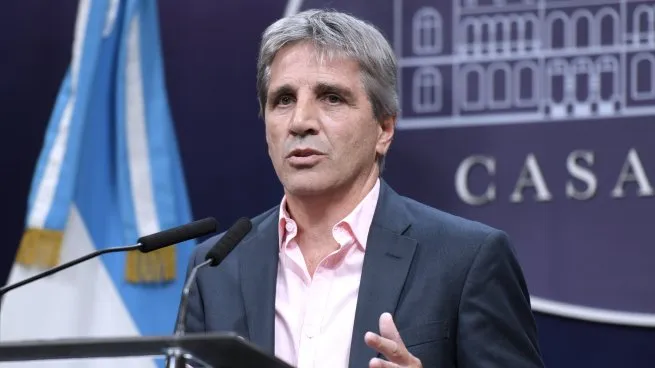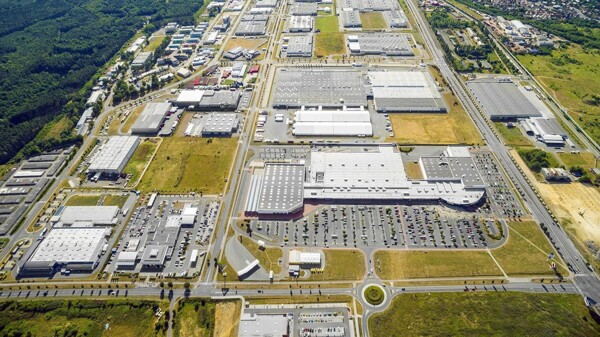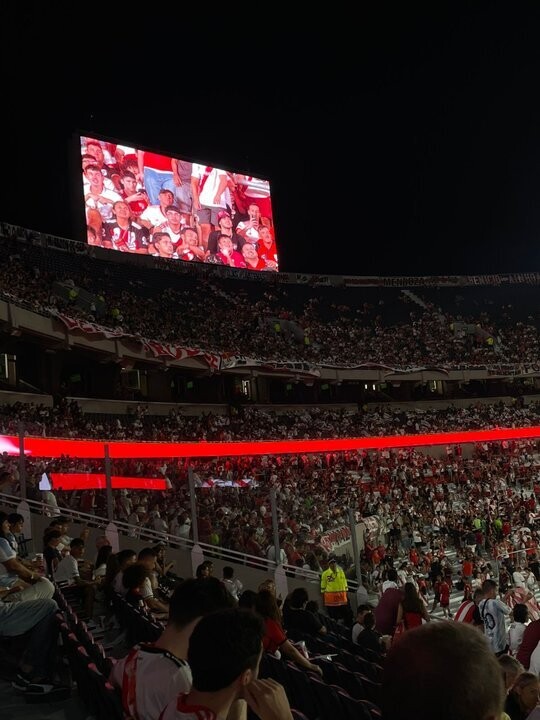
According to the Bank of America (BOFA) report, a currency unification in Argentina is expected by December, although the removal of controls will be gradual at first. The bank notes that there will still be pesos held in the market due to existing restrictions. Furthermore, it is expected that the International Monetary Fund (IMF) program will include a reserve accumulation target, which will require greater flexibility in exchange rate policy.
Among the suggestions in the report are reducing the waiting period for companies wanting to acquire dollars in the official market after operating in the parallel market, as well as increasing the daily purchase limit in the latter market, currently set at 200,000 dollars.
BOFA estimates that Argentina could obtain an Extended Fund Facility (EFF) with an initial disbursement of between 5,000 and 10,000 million dollars, depending on the level of fiscal adjustment and exchange rate flexibility deployed. The Government seeks to secure between 11,000 and 15,000 million dollars, although BOFA does not rule out the IMF approving up to 20,000 million due to debt maturities with the organization.
The report also suggests that there could be an initial disbursement of up to 10,000 million dollars and a four-year term, conditioned on the removal of the exchange rate controls and the unification of the exchange rate, which would imply a 30% devaluation. It is expected that the Central Bank of Argentina will gradually relax capital controls, starting with those affecting production, in line with IMF requirements.
Regarding ongoing negotiations, Argentina's Minister of Economy, Luis Caputo, publicly denied speculation about a possible devaluation. Caputo clarified that the reports on timelines, disbursements, and conditions are incorrect. Conversations with the IMF have generated high expectations, with forecasts of an agreement in the coming months.
Argentina faces the challenge of significant payments between 2025 and 2028, with obligations of 21,000 million dollars; a large part of the disbursements of the IMF agreement could be allocated to cover these debts. An acceleration in the removal of restrictions is expected after the midterm elections in October, which would allow for the unification of the exchange rate in December.













